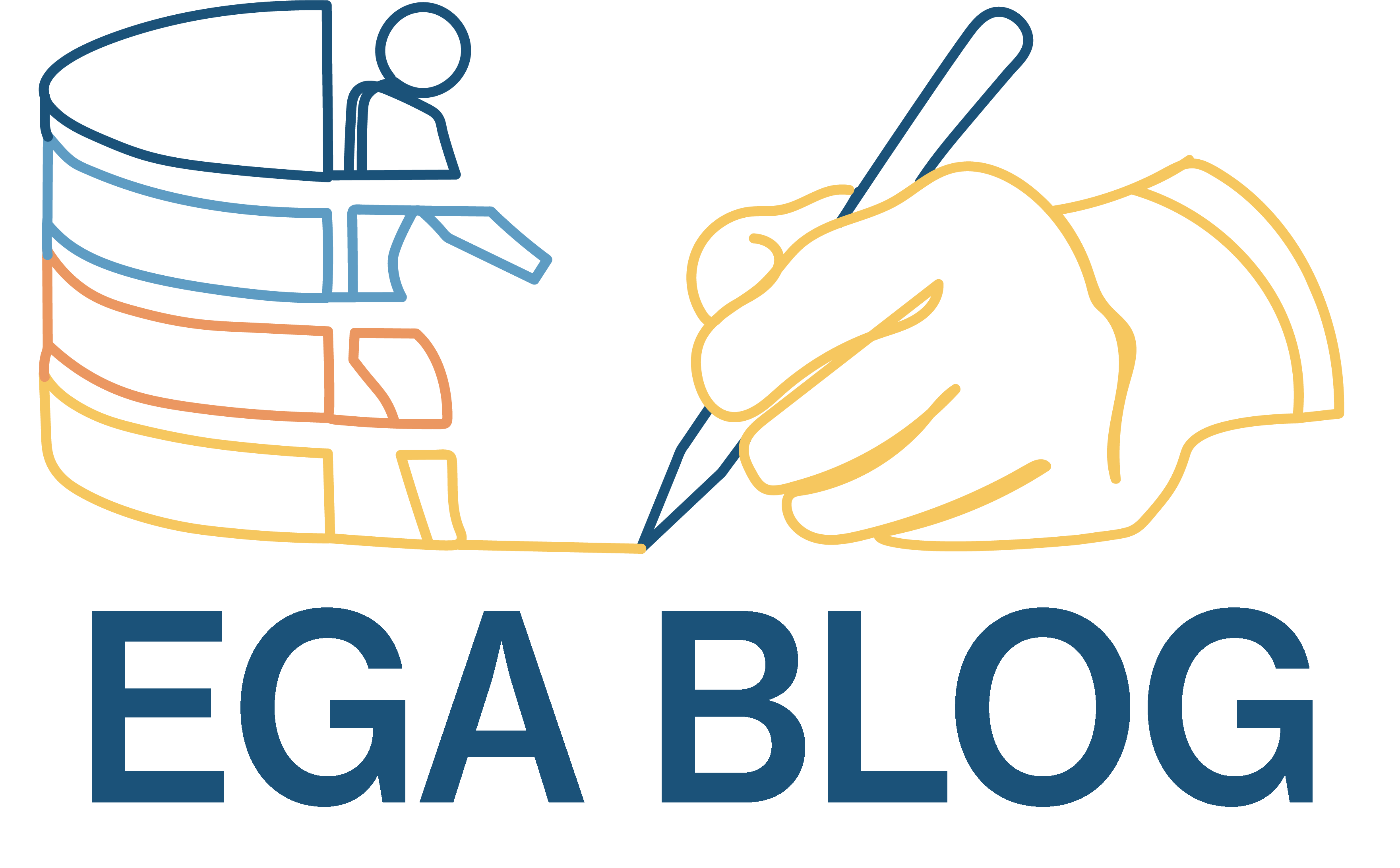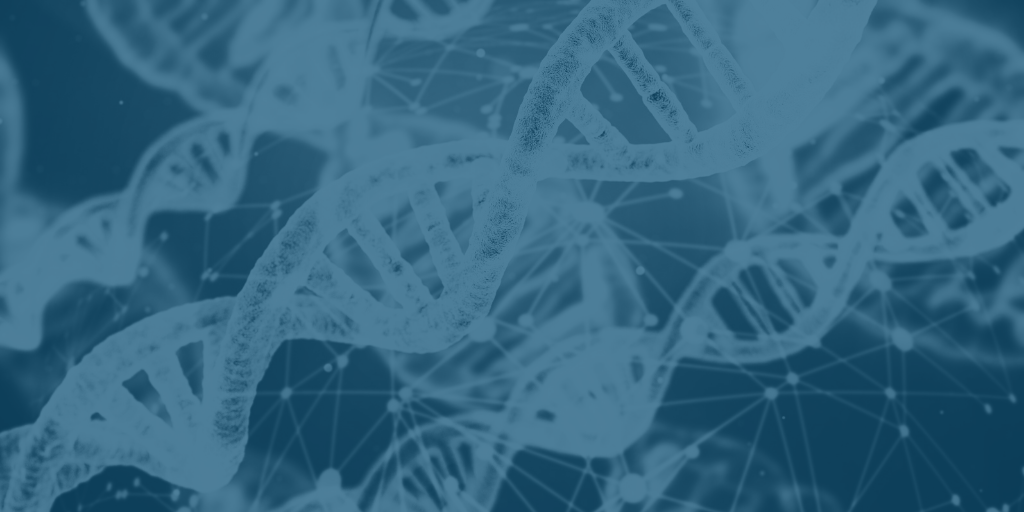In cancer patients, solid tumours also release DNA fragments into the blood, and they are called Circulating Tumours DNA (ctDNA). Nowadays, the standard procedure for cancer monitoring is analysis of surgically obtained biopsies. They generate a big amount of material, but the operation is highly invasive and provide medical doctors with a single-time snapshot of the tumours, which are often highly changeable. Analysis of ctDNA, on the other hand, can provide continuous information regarding the tumour itself without the need of invasive procedures. This is why interest in this method is growing, and with it, the need for its technological optimization.
Guanhua Zhu and colleagues, at the Genome Institute of Singapore, developed a methodology to quantify ctDNA burden, which means to estimate the amount of tumours derived circulating DNA among all cell-free DNA in the blood of individuals. Their work, published in Nature Communications in april 2021 and summarized in a sketch below, uses state-of-the art methods to analyse cfDNA degradation patterns at promoters and exon regions, to discern it from the DNA coming from the tumours. The bright point of their approach is that simultaneously enable for profiling of actionable cancer mutations and quantitative estimation of ctDNA burden.

Their sequencing data of ctDNA has been deposited in the EGA under the accession number EGAS00001004657. This study sums up to a total of 37 of cfDNA and 36 about ctDNA present up to date in the EGA archive.
The existence of cfDNA was firstly described back in 2002, while the use of ctDNA analysis in the oncological field exploded only after 2016. The approach is rapidly evolving, moving in parallel with the ever-improving sequencing technologies. Especially, the possibility to obtain high quality sequences from minimal amount of material is a crucial factor.
Being able to alleviate cancer patients of disturbing and often slow-recovery procedures, while at the same time improving the quality of diagnosis and disease monitoring seems like a lot to ask. Thankfully, we are blessed with brilliant and dedicated scientists from all around the world who collaborate to make this a reality, sharing their results, knowledge and data.




